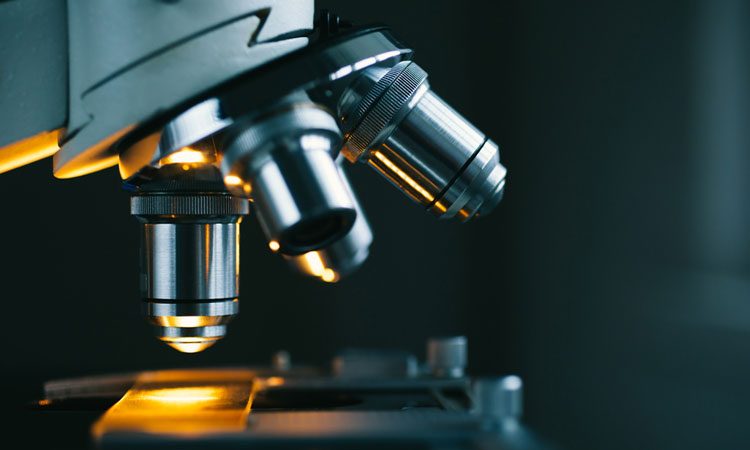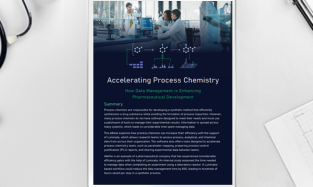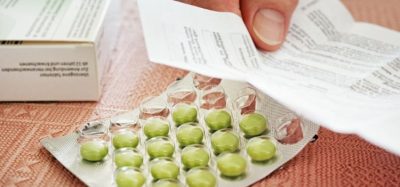Super-resolution microscopy to identify molecular interactions
Posted: 21 August 2018 | Iqra Farooq (European Pharmaceutical Review) | No comments yet
The researchers used a technique called DNA-PAINT, which utilises fluorescent markers to tag DNA and identify various molecules within a cell…


A team of researchers have used short stranded DNA and fluorescence markers to image the distributions of large numbers of molecules in single cells at a very high resolution.
The researchers used short DNA strands covalently bonded to fluorescent markers. These markers acted as probes to locate target proteins bearing the complimentary tags. By exploiting the sequence-specificity and versatility of DNA hybridisation, the researchers found that is was possible to image the distributions of large numbers of molecules ‘at super-resolution’.
The lead researcher of this study was Professor Ralf Jungmann, from the Experimental Physics Department at the Ludwig-Maximilians-Universitaet (LMU) in Munich. He headed the research at the Max Planck Institute for Biochemistry in the department of Molecular Imaging and Bionanotechnology. Prof Jungmann aims to directly visualise molecular interactions that take place within individual cells.
As the method combines DNA and fluorescence, it is named DNA-PAINT.
The researchers explained how one of the major restrictions on the potential of this technique is the size of the fluorescent markers.
“We are working with an instrumental resolution of less than 10 nanometers. But the fluorescent labels conventionally used to tag proteins are much bigger than that. And this factor has hampered the progress of this whole field of research,” explained Prof Jungmann.
The team used a class of DNA aptamers called SOMAmers to downsize the markers used in DNA-PAINT.
“The ideal label used to tag proteins efficiently and specifically must fulfil several criteria,” said Sebastian Strauss, a PhD student, and first author of the study.
“It should be as small as possible, and it should bind to targets stoichiometrically to enable precise quantitation. In addition, it would be ideal to synthesise whole libraries of these compounds and rapidly identify suitable markers for the proteins of interest.” In order to assess the potential of DNA aptamers, the LMU team collaborated with the American firm SomaLogic, which had already designed, for other purposes, a huge array of modified aptamers (SOMAmers) that can specifically bind thousands of different proteins.
The researchers modified a selection of these aptamers for DNA-PAINT and thus developed efficient labelling protocols for cells.
Prof Jungmann said: “We expect that the new method will provide a significant boost for super-resolution microscopy, particularly with respect to its range of application in biology. We will be able to address biological and biomedical questions that have thus far been experimentally inaccessible.”
This study identified markers that can be used to improve the resolution of DNA-PAINT microscopy.
The next aim of the researchers is to visualise and monitor as many proteins and their interactions as possible, with a goal to image whole protein networks at high resolution.
The study was published in Nature Methods.









